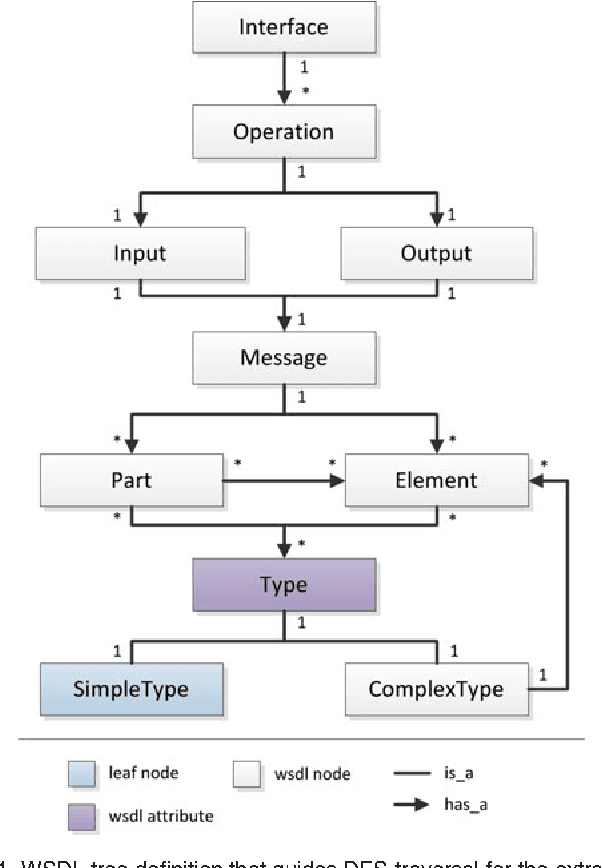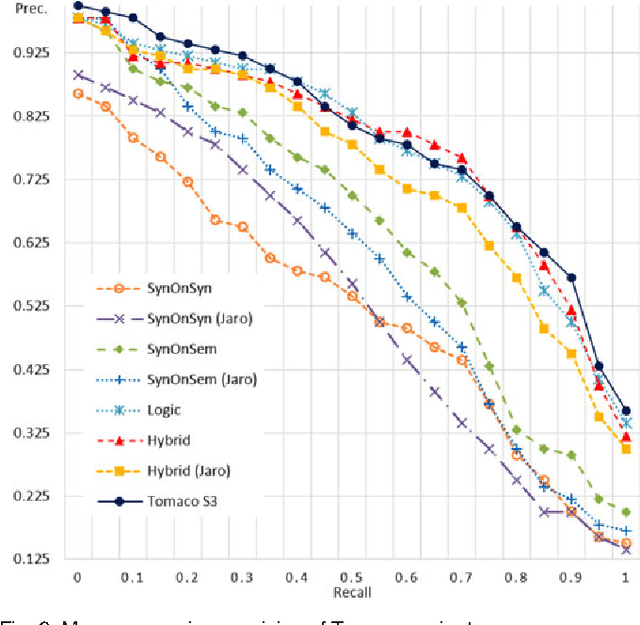Dimitris Vrakas
Does Noise Affect Housing Prices? A Case Study in the Urban Area of Thessaloniki
Feb 25, 2023Abstract:Real estate markets depend on various methods to predict housing prices, including models that have been trained on datasets of residential or commercial properties. Most studies endeavor to create more accurate machine learning models by utilizing data such as basic property characteristics as well as urban features like distances from amenities and road accessibility. Even though environmental factors like noise pollution can potentially affect prices, the research around this topic is limited. One of the reasons is the lack of data. In this paper, we reconstruct and make publicly available a general purpose noise pollution dataset based on published studies conducted by the Hellenic Ministry of Environment and Energy for the city of Thessaloniki, Greece. Then, we train ensemble machine learning models, like XGBoost, on property data for different areas of Thessaloniki to investigate the way noise influences prices through interpretability evaluation techniques. Our study provides a new noise pollution dataset that not only demonstrates the impact noise has on housing prices, but also indicates that the influence of noise on prices significantly varies among different areas of the same city.
Machine Learning Approaches for Non-Intrusive Home Absence Detection Based on Appliance Electrical Use
Mar 30, 2022



Abstract:Home absence detection is an emerging field on smart home installations. Identifying whether or not the residents of the house are present, is important in numerous scenarios. Possible scenarios include but are not limited to: elderly people living alone, people suffering from dementia, home quarantine. The majority of published papers focus on either pressure / door sensors or cameras in order to detect outing events. Although the aforementioned approaches provide solid results, they are intrusive and require modifications for sensor placement. In our work, appliance electrical use is investigated as a means for detecting the presence or absence of residents. The energy use is the result of power disaggregation, a non intrusive / non invasive sensing method. Since a dataset providing energy data and ground truth for home absence is not available, artificial outing events were introduced on the UK-DALE dataset, a well known dataset for Non Intrusive Load Monitoring (NILM). Several machine learning algorithms were evaluated using the generated dataset. Benchmark results have shown that home absence detection using appliance power consumption is feasible.
From Robot Self-Localization to Global-Localization: An RSSI Based Approach
Dec 20, 2021



Abstract:Localization is a crucial task for autonomous mobile robots in order to successfully move to goal locations in their environment. Usually this is done in a robot-centric manner, where the robot maintains a map with its body in the center. In swarm robotics applications, where a group of robots need to coordinate in order to achieve their common goals, robot-centric localization will not suffice as each member of the swarm has its own frame of reference. One way to deal with this problem is to create, maintain and share a common map (global coordinate system), among the members of the swarm. This paper presents an approach to global localization for a group of robots in unknown, GPS and landmark free environments that extends the localization scheme of the LadyBug algorithm. The main idea relies on members of the swarm stay still and act as beacons, emitting electromagnetic signals. These stationary robots form a global frame of reference and the rest of the group localize themselves in it using the received signal strength indicator (RSSI). The proposed method is evaluated, and the results obtained from the experiments are promising.
The Tomaco Hybrid Matching Framework for SAWSDL Semantic Web Services
Oct 21, 2014



Abstract:This work aims to resolve issues related to Web Service retrieval, also known as Service Selection, Discovery or essentially Matching, in two directions. Firstly, a novel matching algorithm for SAWSDL is introduced. The algorithm is hybrid in nature, combining novel and known concepts, such as a logic-based strategy and syntactic text-similarity measures on semantic annotations and textual descriptions. A plugin for the S3 contest environment was developed, in order to position Tomaco amongst state-of-the-art in an objective, reproducible manner. Evaluation showed that Tomaco ranks high amongst state of the art, especially for early recall levels. Secondly, this work introduces the Tomaco web application, which aims to accelerate the wide-spread adoption of Semantic Web Service technologies and algorithms while targeting the lack of user-friendly applications in this field. Tomaco integrates a variety of configurable matching algorithms proposed in this paper. It, finally, allows discovery of both existing and user-contributed service collections and ontologies, serving also as a service registry.
 Add to Chrome
Add to Chrome Add to Firefox
Add to Firefox Add to Edge
Add to Edge